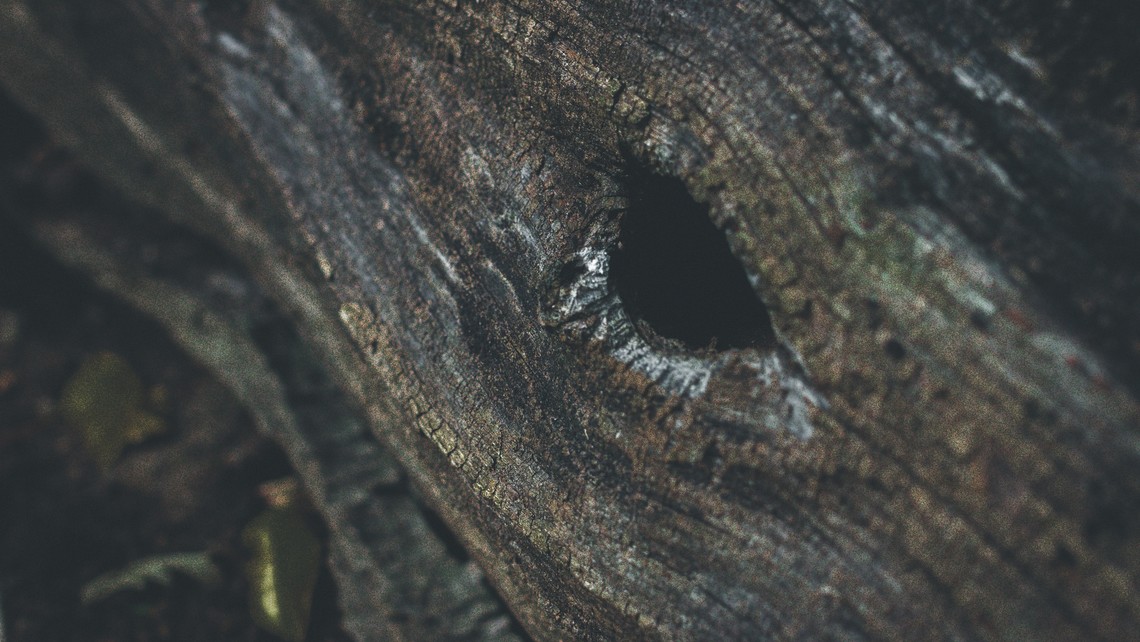
It is very common for trees to be hollow to some degree, especially if they are of considerable size and age. In most cases, it is a result of one primary, precipitating event: lightning. Other precipitating events can be wind sheering of large branches, improper pruning of large branches, and unhealed deer rubs on trees when they were young.
Regardless of the cause, the question is: Now that there is a cavity, what is to be done?
Some “home remedies” I’ve come across in my years of caring for trees are quite interesting, particularly filling them with rocks (maybe as much of a way to get rid of the rocks from view as a tree remedy), concrete, or expanding foam, or mechanically removing everything inside the tree possible.
First, it is critical NOT to do any of the first three under any circumstance! There are many reasons for this, but the principal one is that it will result in more moisture remaining inside the tree for a longer period of time, facilitating rot. Rot is by far the worst debilitator of tree health and structural integrity.
As with most cases, Mother Nature knows best—airflow is the best way for moisture to dissipate.
Removing non-structurally assisting material in the cavity (i.e., organic liter: rotting wood, leaves, sticks, squirrel stashes, etc.) will help by eliminating the objects that can act as a sponge and hold moisture in the hollow longer. However, do not try to pry out hard heartwood by any means. In those cases where a proportional and moderate-sized drill hole can assist with air flow and future water drainage from a cavity, as well as function as a port for evacuation of organic litter by water-flushing of the cavity (This is the least intrusive, least damaging means of cleaning decades of litter out, a method I employ regularly.), a drilling injury is warranted. To keep animals out of the cavity, a chicken wire mesh with stout fence staples holding it in place will work quite effectively.
The goal of cavity “repair” is to allow the tree a better environment to slow the rot, thereby enabling the tree’s response of wound wood and callus growth, as well as changing the density and location of its new growth in order to compensate for the changes in wind pressure resistance resulting from its cavity.



